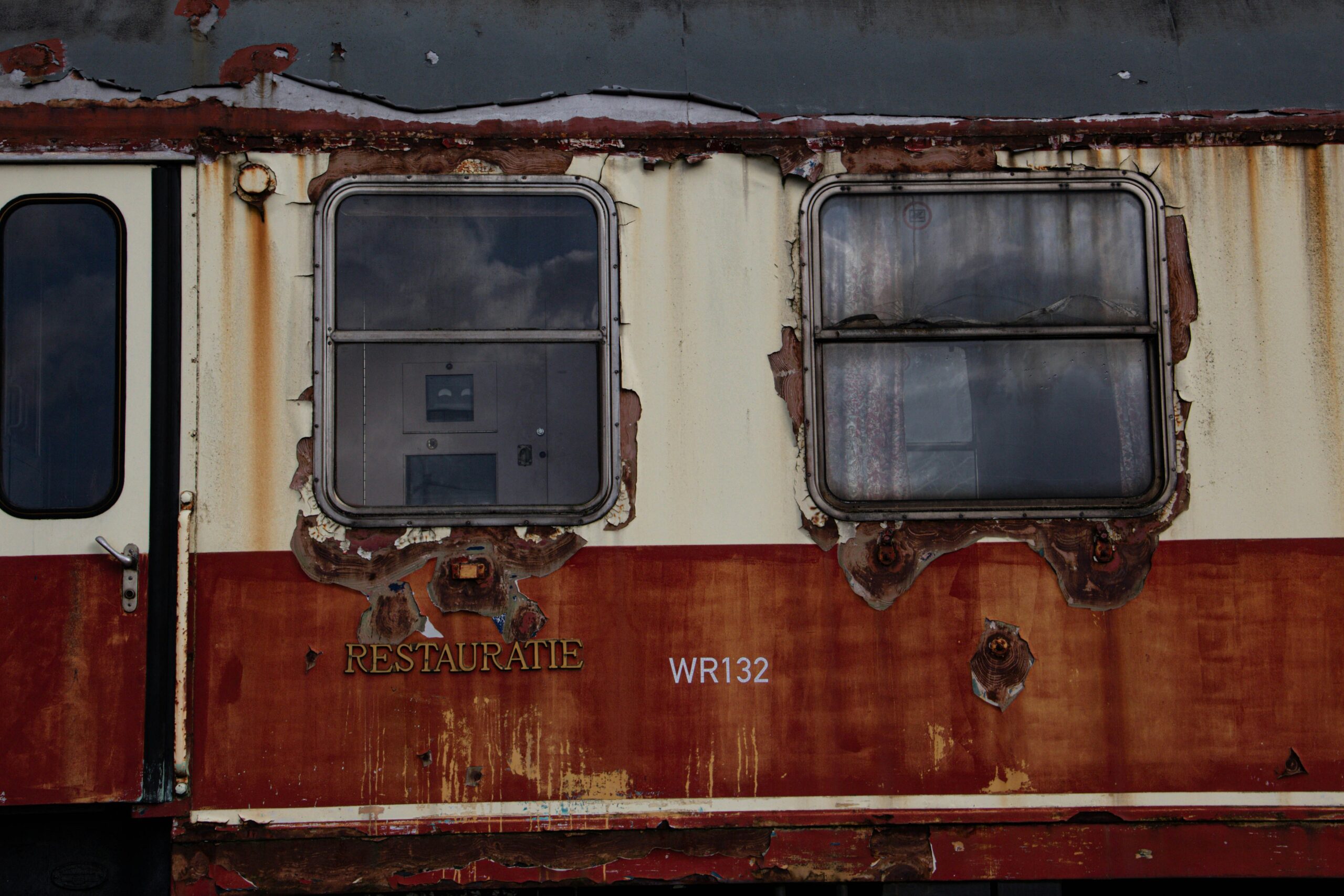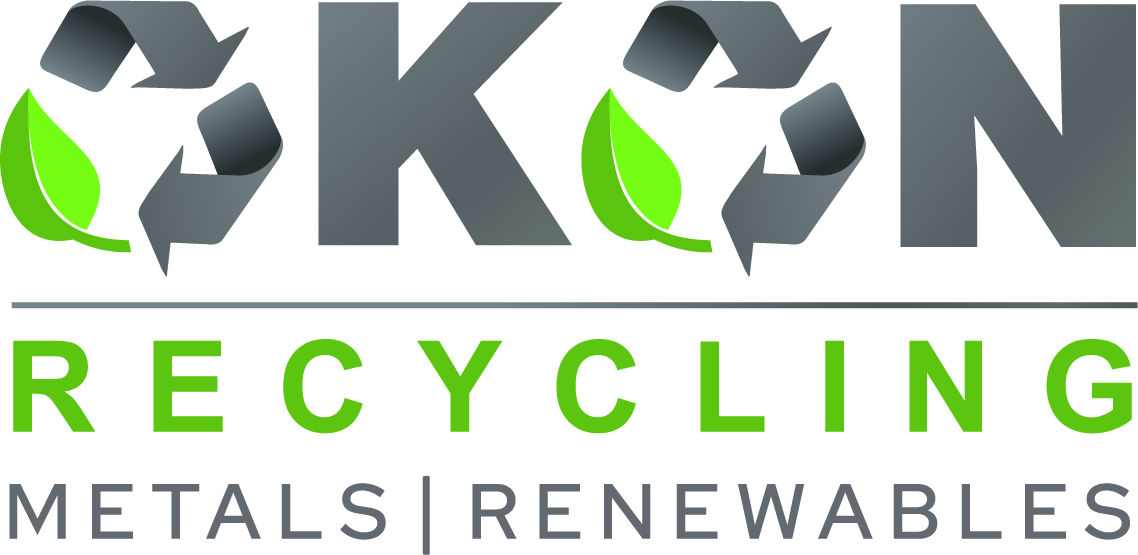5901 Botham Jean Blvd, Dallas, TX 75215
Environmental Considerations in Locomotive Recycling
April 25, 2025The scale of locomotive recycling is quite surprising. A single retired locomotive contains around 100 tons of steel, enough to build 70 automobiles. This comparison underscores why locomotive recycling is crucial for environmental conservation efforts worldwide.
Recycling locomotives at the end of their operational life offers significant environmental benefits. It reduces the need for raw materials by up to 90%, preserving valuable natural resources that would otherwise be extracted through environmentally harmful mining. This conservation extends the lifespan of finite resources while significantly reducing the energy needed for extraction and processing.
Pollution reduction is another major benefit.
According to data from the SNCF Group, recycling steel from decommissioned rolling stock can reduce CO2 emissions by up to 58% compared to manufacturing new steel. These reductions contribute to cleaner air and help combat climate change through more sustainable industrial practices.
What are the Key Components in Locomotive Recycling?

Locomotives are complex machines containing numerous valuable recyclable components. Each part offers a chance for resource recovery and environmental protection. Understanding these components highlights the significant impact of locomotive recycling.
Steel Frame Recycling
The steel frame is the largest portion of recyclable material in a locomotive. This robust metal skeleton provides structural integrity throughout its operational life. Properly recycling steel offers substantial environmental benefits.
Steel recycling preserves natural resources by reducing the need for virgin material extraction. It requires significantly less energy compared to producing new steel from raw materials. Recycling steel saves enough energy to power about 18 million households annually.
The recycling process for locomotive steel frames involves cutting, sorting, and processing at specialized facilities. This metal is highly recoverable, making it a cornerstone of sustainable locomotive decommissioning practices.
| Component | Recyclable Material | Benefits |
| Steel Frame | Steel | Conserves natural resources, reduces energy consumption by up to 90% |
| Copper Wiring | Copper | Saves 90% of the energy required to mine and process new copper |
| Batteries | Lead, Lithium | Prevents environmental contamination, recovers valuable metals |
| Aluminum Components | Aluminum | Uses 95% less energy compared to new aluminum production |
| Locomotive Oil | Re-refined Oil | Transforms waste into valuable resource, reduces need for new oil extraction |
Copper Wiring Recycling
Copper wiring serves as the nervous system of locomotives, carrying electrical signals throughout the machine. This metal is particularly valuable in the recycling stream due to its high conductivity and durability.
The energy efficiency of copper recycling is notable. It uses just 10% of the energy required for new copper production from mining. This energy reduction translates to lower carbon emissions and decreased environmental impact.
Railway maintenance and demolition projects benefit financially from copper recovery. The material maintains excellent market value due to its widespread industrial applications and relative scarcity. Proper extraction and processing of copper wiring benefits both the economy and the environment.
Battery Recycling and Hazardous Materials
Locomotive batteries present unique challenges and opportunities in recycling. They contain potentially hazardous materials requiring specialized handling. Improper management can lead to environmental contamination or safety hazards.
These power storage units contain valuable metals like lead and lithium that can be recovered through proper recycling channels. Recovering these materials reduces the need for new mining operations and prevents toxic substances from entering landfills or waterways.
Battery recycling involves careful disassembly, material separation, and processing. Transportation regulations require proper labeling with Materials Data Sheets and appropriate packaging. Battery components undergo different recycling paths based on their specific material composition.
What Challenges and Innovations Exist in Locomotive Recycling?
Recycling locomotives presents challenges that dwarf typical recycling operations.
The complexity of locomotive composition creates another significant hurdle. These machines contain a diverse range of materials, from robust steel frames to intricate copper wiring systems. Each component requires a specific recycling approach to maximize recovery.
Hazardous materials add yet another layer of difficulty. Decades of operation expose locomotives to various chemicals and pollutants. Proper identification and safe removal of these substances demand specialized knowledge and equipment.
Innovative Solutions Transforming the Industry
Advanced sorting technologies have emerged as game-changers in locomotive recycling. These systems combine artificial intelligence and machine learning with sophisticated sensors, identifying and separating different materials with remarkable precision and speed.
These high-tech sorting systems function like tireless, ultra-efficient teams, significantly improving both processing speed and the purity of recovered materials. This technological advancement has transformed what was once an overwhelmingly manual process.
Eco-friendly dismantling processes represent another major innovation. Rather than using crude cutting methods, specialized tools carefully disassemble locomotive components, preserving material quality and minimizing environmental impact.
The Impact of Sustainable Practices
The implementation of water recycling systems within recycling facilities demonstrates a commitment to comprehensive sustainability. These systems minimize waste and reduce the environmental footprint of locomotive recycling operations.
Energy-efficient equipment further enhances the environmental benefits. Modern recycling facilities use machinery designed to accomplish more while consuming less power, reducing both operational costs and carbon emissions.
Material recovery rates have improved dramatically through these innovations. Recyclers now salvage components previously considered unrecyclable, keeping millions of pounds of industrial waste from entering landfills annually.
Future Directions in Locomotive Recycling
Bio-recycling techniques show promising potential for the future. Laboratory research explores using specialized bacteria to break down certain locomotive materials, potentially providing gentler, more natural decomposition methods.
Design-for-recycling principles are gaining traction among manufacturers. This forward-thinking approach considers end-of-life disassembly during the locomotive design phase, making future locomotives easier to process when they reach retirement.
The recycling industry continues developing more efficient methods for handling hazardous materials. New containment and neutralization techniques reduce risks to workers and the environment, making the entire recycling process safer and more effective.
| Method | Description | Benefits |
|---|---|---|
| Traditional Recycling | Involves dismantling locomotives and recycling materials like steel and copper through conventional means. | Reduces raw material extraction, conserves resources, and lowers energy consumption by up to 90%. |
| Innovative Recycling | Utilizes advanced sorting technologies and eco-friendly dismantling processes. | Improves material purity, reduces environmental impact, and increases recovery rates of previously unrecyclable materials. |
How Does Locomotive Recycling Contribute to a Circular Economy?
![]()
Locomotive recycling exemplifies the circular economy by shifting from a linear “take-make-dispose” model to a closed-loop system where materials maintain value across multiple lifecycles. This shift is crucial for sustainability in the rail industry, which relies on metal-intensive equipment with lifespans exceeding 25 years.
At its core, locomotive recycling emphasizes resource circulation. When locomotives reach the end of their operational life, their components avoid landfills. Instead, they enter various recovery streams. Steel from frames and wheels is melted to produce new steel products. Aluminum finds new uses in construction or manufacturing, and copper wiring becomes valuable for electrical applications.
The environmental benefits are substantial. Recycling one ton of locomotive steel saves about 2,500 pounds of iron ore, 1,400 pounds of coal, and 120 pounds of limestone, directly reducing mining impacts and carbon emissions. The energy saved by recycling steel instead of producing it from virgin materials can power thousands of homes.
Locomotive Recycling Extends Beyond Metals
Modern railroads reclaim oils, fluids, batteries, and electronics. Used locomotive engine oil undergoes re-refining processes like vacuum distillation, transforming waste into a valuable resource meeting performance standards. This practice has become standard among North American railroads over the past three decades.
The circular approach also creates economic opportunities within the rail sector. Specialized dismantling facilities employ workers skilled in material separation and processing. Some railways have reclamation yards processing locomotives, railcars, track materials, and other assets, generating revenue from recovered materials while reducing waste management costs.
Many rail companies implement adaptive maintenance strategies to extend locomotive lifecycles before recycling. Components not excessively worn are refurbished and reused in secondary tracks or maintenance yards. Rails that no longer meet mainline standards are repurposed as rail fences, guardrails, or check rails at level crossings.
The benefits extend to manufacturing as well. The steel industry increasingly uses electric arc furnaces instead of traditional blast furnaces to process recycled locomotive steel, producing fewer emissions and consuming less energy than primary steel production, creating a virtuous cycle of sustainability.
Conclusion: The Future of Environmentally Conscious Locomotive Recycling
The railway industry is at the forefront of sustainable transformation, with locomotive recycling playing a crucial role in this green shift.
Technological innovations are reshaping end-of-life management for these industrial giants. From advanced material recovery systems to integrating circular economy principles, the sector is making significant progress in reducing environmental impact while enhancing resource efficiency.
Environmental awareness is driving substantial investments in green innovations across transportation. As global climate goals become more pressing, the rail industry’s commitment to sustainable practices positions locomotive recycling as vital to reducing carbon footprints and conservation efforts. The future envisions a transportation ecosystem where recycling is part of the entire lifecycle of railway assets, fostering a more sustainable and responsible industry.
For expert guidance on implementing environmentally conscious locomotive recycling solutions for your organization, contact Okon Recycling at 214-717-4083.
